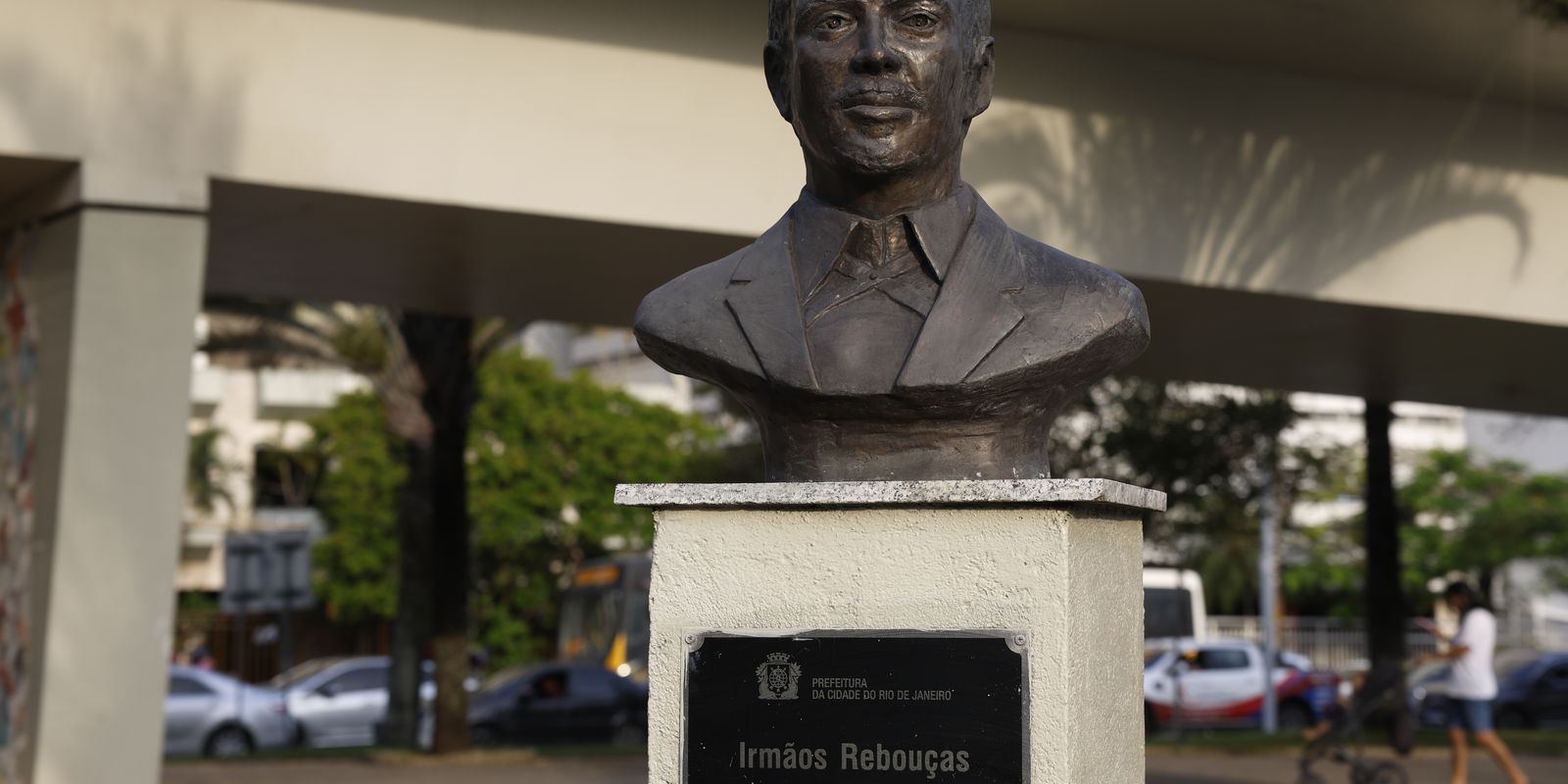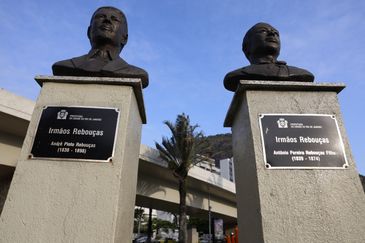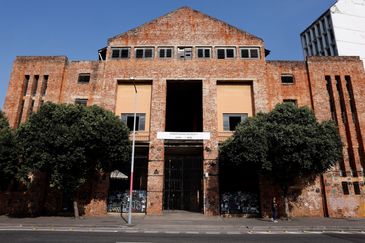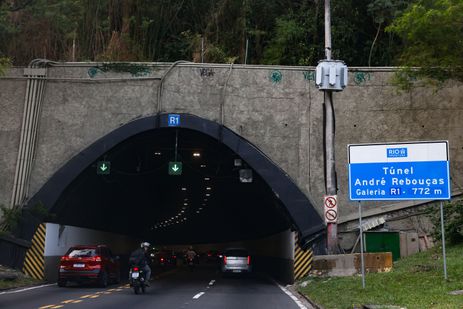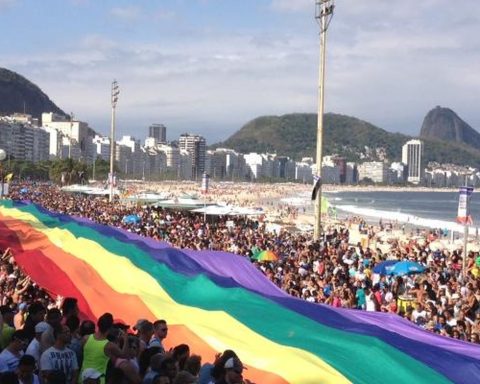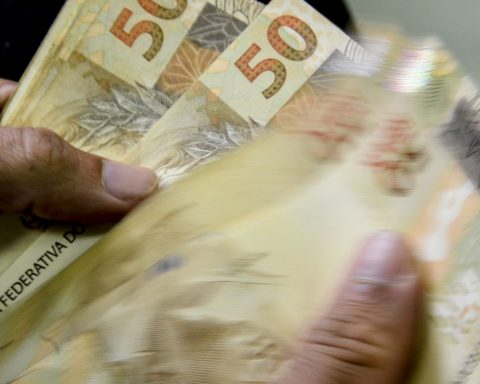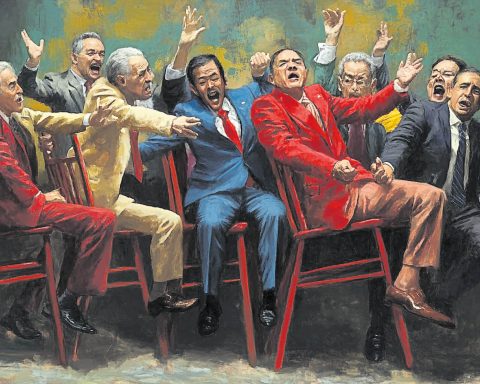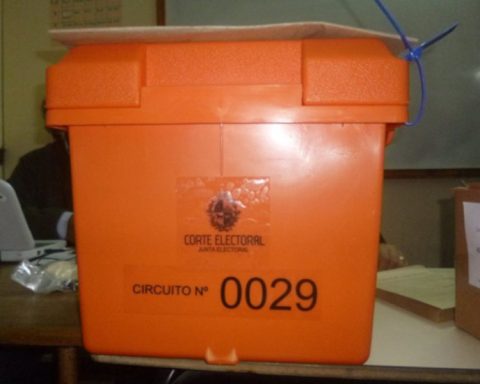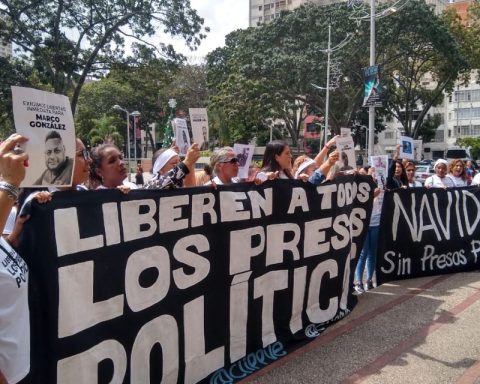When thinking about engineering, a quality work is one that is structurally strong and stable, capable of resisting the effects of time. This criterion would be enough to qualify the black engineer André Rebouças (1838-1898) as one of the most important names in the country.
But his work goes beyond bridges, docks, railroads and water systems. He stood out as a critical intellectual, abolitionist, who traveled the world collecting experiences in segregated societies and designed a Brazil where everyone could be equal, without racial distinctions.
The curriculum accredited André Rebouças to be officially recognized this week as a “hero of the country”, which will guarantee him a space in the book that brings together the country’s main personalities.
Historians heard by the Brazil Agency celebrated the inclusion of Rebouças in the document. Firstly, because they understand that the engineer needs to be better known in Brazil. Secondly, for a rescue and review of his memory, the target of criticism for having supported Dom Pedro II.
“Although it is a late recognition, this inclusion in the book of heroes corrects the image of André Rebouças as a monarchist who gave up on the country and went into self-exile, leaving together with the imperial family at the end of the Second Reign. He leaves understanding that the Republic was born from a revanchist movement, from a slave elite, which did not accept the end of slavery without compensation in Brazil. And we had very bad developments in the projection of this historical figure. I’m sure it helps, in part, to correct this. There is still a lot of work to be done to recover this memory”, assesses Antonio Carlos Higino da Silva, historian and author of the books André Rebouças no Divã by Frantz Fanon.
“His inclusion in the book is a very important fact, because for a long time the document only had the presence of white heroes and excluded other social groups, such as black people, indigenous people and women. And it is an important step in this process of historical review, in which those previously excluded or presented as passive or supporting actors in the history of Brazil, are now seen as protagonists and powerful historical agents of transformation in the 500 years of history of our country”, says the historian Jorge Santana, professor at the Federal Institute of Paraná.
Book of Heroes and Heroines of the Fatherland
The first step is to understand what the Book of Heroes and Heroines of the Fatherland is about. It was created in 1992 and brings together personalities from what are considered “protagonists of freedom and democracy”, for having dedicated part of their lives to the country. The work is also known as the Steel Book, as it is made with pages of this material, and is located in the Panteão da Pátria, in Praça dos Três Poderes, in Brasília.
The registration of a new character depends on a law approved in Congress. Brazilian heroes and heroines include Tiradentes, Anita Garibaldi, Chico Mendes, Zumbi dos Palmares, Machado de Assis, Santos Dumont, Luís Gama and Joaquim Nabuco.
Law No. 15,003, which formalizes the tribute to André Rebouças, was sanctioned by President Luiz Inácio Lula da Silva and published this Thursday, October 17, in the Official Gazette of the Union. Ministers Macaé Evaristo (Human Rights) and Anielle Franco (Racial Equality), in addition to Minister Ricardo Lewandowski (Justice and Public Security) also signed the measure.
Biography of Rebouças
André Pinto Rebouças was born in the municipality of Cachoeira, Bahia, on January 3, 1838. He was the son of Antônio Pereira Rebouças and Carolina Pinto Rebouças. The father, son of a former slave and a white man, was a self-taught lawyer, deputy for the province of Bahia and advisor to Emperor Dom Pedro I.
The Rebouças family came to Rio de Janeiro in 1846. André and his brother Antônio, aged 15 and 16, entered the Military School (forerunner of the Polytechnic School) and graduated as military engineers in 1860. After a trip through Europe, (1861-1862) returned to Brazil in 1863 and were responsible for renovations in fortresses from Santos to Santa Catarina. In 1864, André designed the new port of Maranhão.
André participated in the Paraguayan War, between 1865 and 1866, in the engineers’ battalion and returned to Rio de Janeiro for health reasons. He participated in the works of the city’s port, was director of the works on the new Customs Docks (in the current Praça XV) and was responsible for the construction of the Pedro II Docks (next to the Valongo Wharf).
“This warehouse is a great source of inspiration and should be thought of as a reference for black resistance. The project was entirely designed by André Rebouças, in which he made an effort not to have enslaved labor, to establish social protection for his workers. Rebouças was in line with a modern project, an industrial port, bringing references of important political and social engagement”, says historian Antonio Carlos Higino.
Rebouças was never enslaved, belonged to a black middle class and was protected by a network of powerful friends, like the imperial family itself. Perhaps this explains a little why it took him so long to publicly identify himself as a black man and an abolitionist. This began to change from the 1870s onwards. Travel to Europe and the United States, where he witnessed more visible examples of discrimination and racial apartheid, were fundamental in impacting Rebouças’ political projects and subjectivity.
In the 1880s, he began to work actively in Brazil in projects against slavery. He was one of the creators of the Brazilian Society against Slavery, together with Joaquim Nabuco and José do Patrocínio, in 1880. And he participated in the Abolitionist Confederation (1883) and the Central Immigration Society (1883).
“The most sanctimonious slave owners publicly confess today: — slavery is a cancer. There are no longer anyone who dares to deny that slavery is national gangrene; which is the primary cause of all the miseries and shames that afflict this empire; which is the maximum obstacle to immigration, to the progress of agriculture, industry and commerce in Brazil”, wrote Rebouças in the opening text of the pamphlet “Immediate abolition and without compensation”, published in 1883.
A monarchist, considering that Brazilian republicanism was led by former slave owners, Rebouças went into exile in 1889 together with the imperial family. After the death of Dom Pedro II in 1891, he left for Africa, to work and help with the development of the continent. It was during this period that Rebouças began to see Africa as his “land of origin” and to declare himself as a black man, half Brazilian and half African. But he was disappointed by the difficulties encountered, such as poverty resulting from the exploitation of European nations. He died in Funchal, Portugal, on May 9, 1898, under uncertain circumstances, having been found at the foot of a cliff, at the age of 60.
As a legacy for the social reality of black people around the world, he left texts and critical analyses, focused on building a more egalitarian country.
“André Rebouças pointed out the 14th of May as his main concern, that is, the day after abolition. What would have to be done, such as the distribution of land, an agrarian reform, so that the formerly enslaved could have a means of subsistence, of survival, and could be integrated into the country’s economic life”, says historian Jorge Santana.
“At the end of the abolitionist movement and the liberation of the enslaved, André Rebouças proposed for the 1890 budget a contribution, part of the budget resources, for investment in freed people. He thought about the Brazil of the future, social protection, schooling, roads, ports, everything that could make this country a modern and better place. He is a great reference for those who want a better and more united Brazil”, says historian Antonio Carlos Higino.
